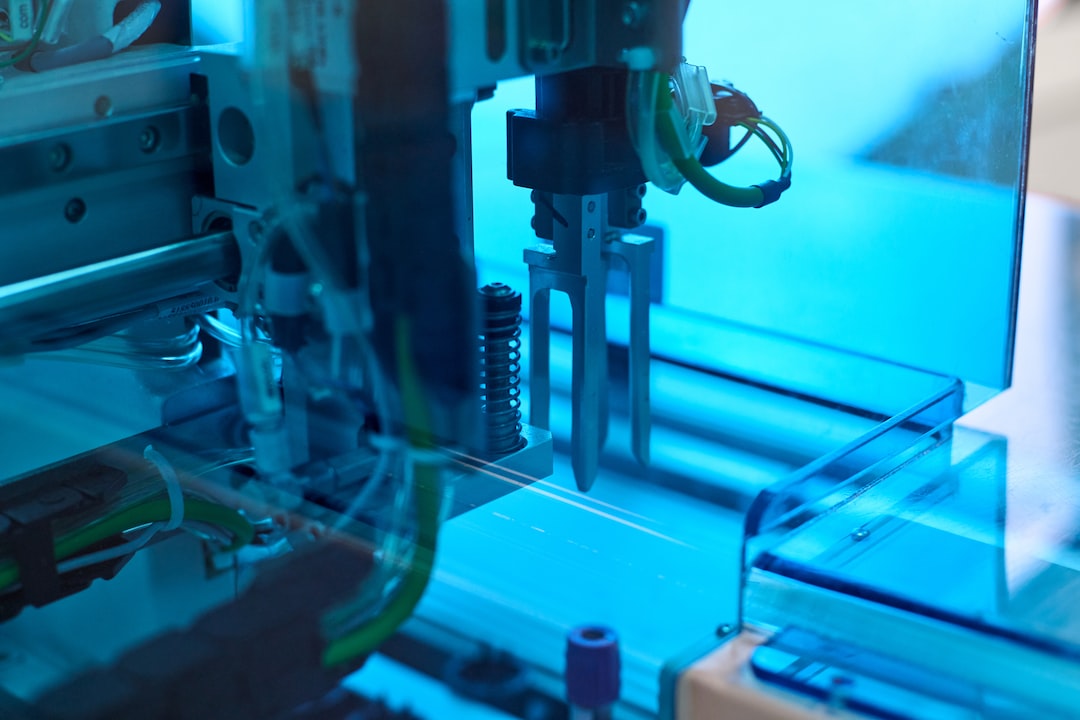In today’s fast-paced and highly competitive business environment, efficiency is a key factor for success. Every organization, regardless of its size or industry, strives to streamline its processes and achieve optimal productivity. This is why many companies are adopting lean manufacturing techniques to improve efficiency and gain a competitive edge.
Lean manufacturing is a systematic approach that aims to minimize waste and maximize value creation. It was originally developed by Toyota in the 1940s and has since been embraced by companies worldwide. The core principle of lean manufacturing is to identify and eliminate waste in all aspects of production, including overproduction, waiting times, unnecessary transportation, excess inventory, defects, and unnecessary motion.
One of the primary benefits of lean manufacturing techniques is improved efficiency. By eliminating waste and unnecessary steps in the production process, companies can significantly reduce lead times and increase throughput. This results in quicker turnaround times, improved customer satisfaction, and a stronger competitive position in the market.
Another way lean manufacturing improves efficiency is by focusing on continuous improvement. Lean manufacturing encourages employees at all levels to constantly seek better ways of doing things and eliminate non-value-added activities. It creates a culture of continuous learning and innovation, where employees are empowered to make suggestions and play an active role in improving processes.
Furthermore, lean manufacturing enhances efficiency by reducing defects and defects-related costs. By minimizing errors and standardizing processes, companies can minimize rework, scrap, and warranty costs. This not only improves efficiency but also increases customer satisfaction, as they receive products that meet their expectations consistently.
Moreover, lean manufacturing techniques promote better utilization of resources. By identifying and eliminating waste, companies can optimize the use of equipment, materials, and labor. This leads to improved productivity and cost savings, allowing companies to allocate resources to more value-added activities.
Additionally, lean manufacturing techniques foster better communication and collaboration among different departments and teams within an organization. By breaking down departmental silos and promoting cross-functional collaboration, companies can streamline processes and eliminate bottlenecks. This ensures efficient flow of information and materials, reducing delays and improving overall productivity.
In conclusion, lean manufacturing techniques offer numerous advantages for improving efficiency in organizations. By identifying and eliminating waste, organizations can reduce lead times, increase throughput, improve customer satisfaction, and gain a competitive edge in the market. Moreover, lean manufacturing fosters a culture of continuous improvement, reduces defects and associated costs, optimizes resource utilization, and enhances communication and collaboration. By embracing lean manufacturing principles, organizations can achieve higher efficiency, drive growth, and create sustainable value.

